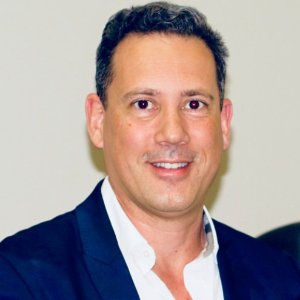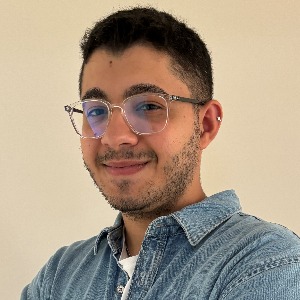Transcranial Direct Current Stimulation
Transcranial Direct Current Stimulation (tDCS) is a non-invasive neuromodulation technique that involves applying a low electrical current directly to the scalp to modulate neuronal activity in the brain. Small electrodes are placed on specific regions of the head, with a positive (anode) and negative (cathode) electrode, allowing for the controlled flow of current. The electric current is typically mild and doesn't cause pain. Research on tDCS suggests its potential in modulating brain function and treating various neurological and psychiatric conditions. Studies have explored its application in enhancing cognitive functions, such as memory and learning, and in alleviating symptoms of depression, anxiety, and chronic pain. The exact mechanisms of action are still being investigated, but tDCS is believed to influence neuronal excitability, synaptic plasticity, and neurotransmitter release. The procedure is generally considered safe when administered within established parameters, but potential side effects and long-term impacts are areas of ongoing research. TDCS has gained attention for its potential as a therapeutic tool and cognitive enhancer, but its use outside of research settings requires careful consideration of ethical, safety, and regulatory considerations. As the field continues to evolve, ongoing research aims to refine protocols, identify optimal applications, and better understand the underlying neurobiological effects of transcranial direct current stimulation. Sports traumatology Sports traumatology Sports traumatology Rehabilitation research Rehabilitation research Rehabilitation research Rehabilitation research Rehabilitation research.

Jay Spector
American Academy of Podiatric Sports Medicine (AAPSM), United States
Marcia J Scherer
Institute for Matching Person and Technology, United States
Marcos Brioschi
American Academy of Thermology, United States
Blair Gorenberg
Shirley Ryan Abilitylab, United States
Roberta Sartori
IRCCS Materno-Infanitle Burlo Garofolo, Italy
Cho Li Yin
Taichung Veterans General Hospital - VGHTC, Taiwan




Title : Best practice guidelines for the use of pharmacological neuromodulation in disorders of diminished motivation: A comprehensive approach
Vaidya Balasubramaniam, Illawarra and Shoalhaven Local Health District Hospitals, Australia
Title : A forgotten component of knee osteoarthritis
Ron Blehm, EEI Physio LLC, United States
Title : Functional outcomes of DSSA-Based pelvic rehabilitation combined with manual therapy and Electrostimulation in men after oncologic surgery: A retrospective case series
Eren Uyar, Fizyomen Physiotherapy & Rehabilitation Center , Turkey
Title : We are living and working in the age of individualization
Marcia J Scherer, Institute for Matching Person and Technology, United States
Title : Efficacy of Inspiratory Muscle Training (IMT) in post-weaning ICU recovery: A clinical randomized controlled trial
Warda Khan, Chongqing Medical University, Pakistan
Title :
Subramanya Adiga, Middlemore Hospital, New Zealand